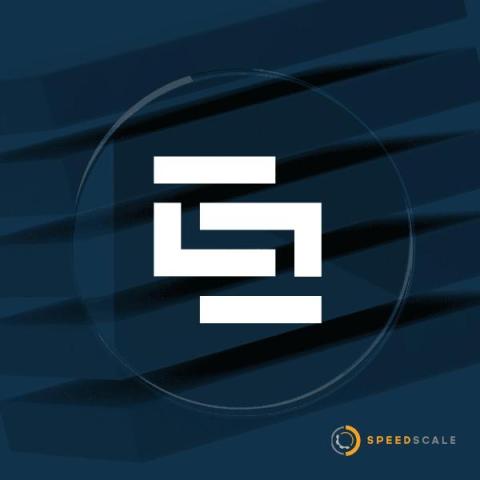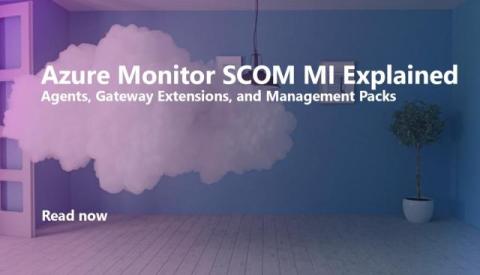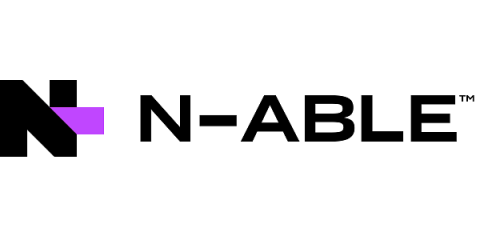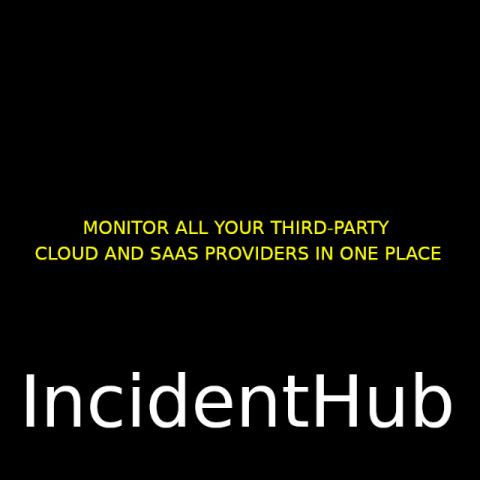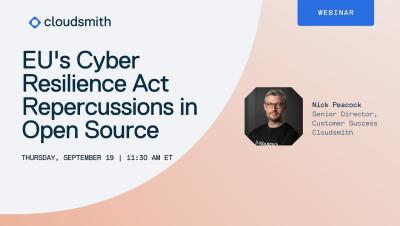The future of .NET for cross-platform development with .NET MAUI and Blazor
The.NET ecosystem rapidly evolves, equipping developers with the latest tools and frameworks for cross-platform application development. In a recent Founder & Friends podcast episode, “Everything.NET,” Raygun CEO John Daniel Trask (JD) and Microsoft Principal Program Manager James Montemagno explored the present and future of cross-platform development, highlighting Microsoft’s pivotal role in shaping the direction of this rapidly evolving field.



